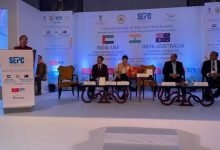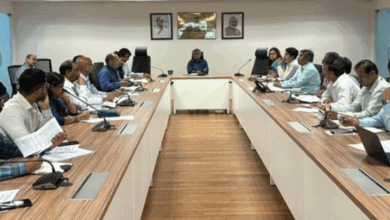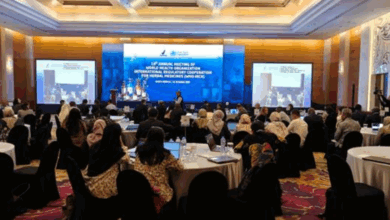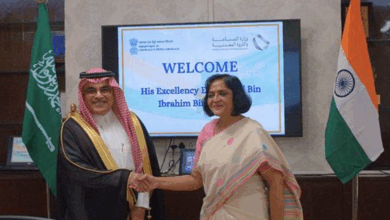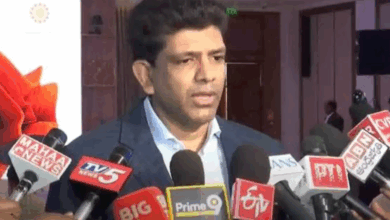Shri Sunil Barthwal assumes charge as Secretary, Department of Commerce
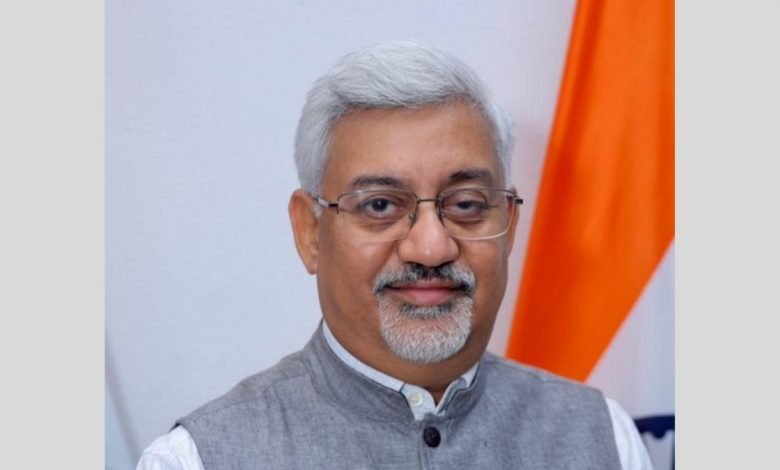
Shri Sunil Barthwal assumed charge as Secretary, Department of Commerce in New Delhi.
Prior to this, he was serving as Secretary, Ministry of Labour & Employment. Shri Sunil Barthwal is an Indian Administrative Service (IAS) Officer of Bihar Cadre. He is a postgraduate in Economics. He did his B.A. (Hons) in Economics from St. Stephen’s College, Delhi and his M.A. in Economics from J.N.U. Delhi. He has a PG Diploma in Economics of Competition Law from King’s College, London.
During his rich and varied experience as an IAS Officer, he has held various administrative positions in the areas of Finance, Social Security, Investment, Infrastructure, Mines, Steel, Energy, Transport etc. in the Government at the Central and State level. He has also worked in the Competition Commission of India. He has been on the Boards of SAIL, NMDC, MECON, MSTC & NIIF. He was the CEO of the Employees’ Provident Fund Organisation, which is the largest social security organisation in India. He has been instrumental in many reforms in EPFO resulting in making it a more efficient, transparent and delivery-oriented organisation.
He has published articles in journals and other publications. He has represented India in many international forums.
Disclaimer : This is an official press release by PIB.

